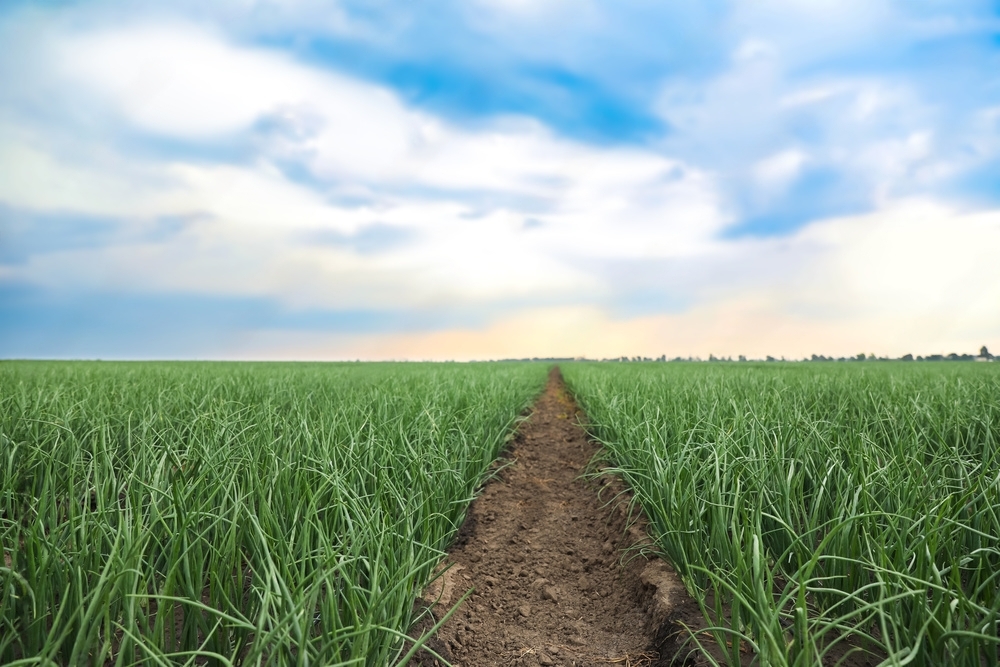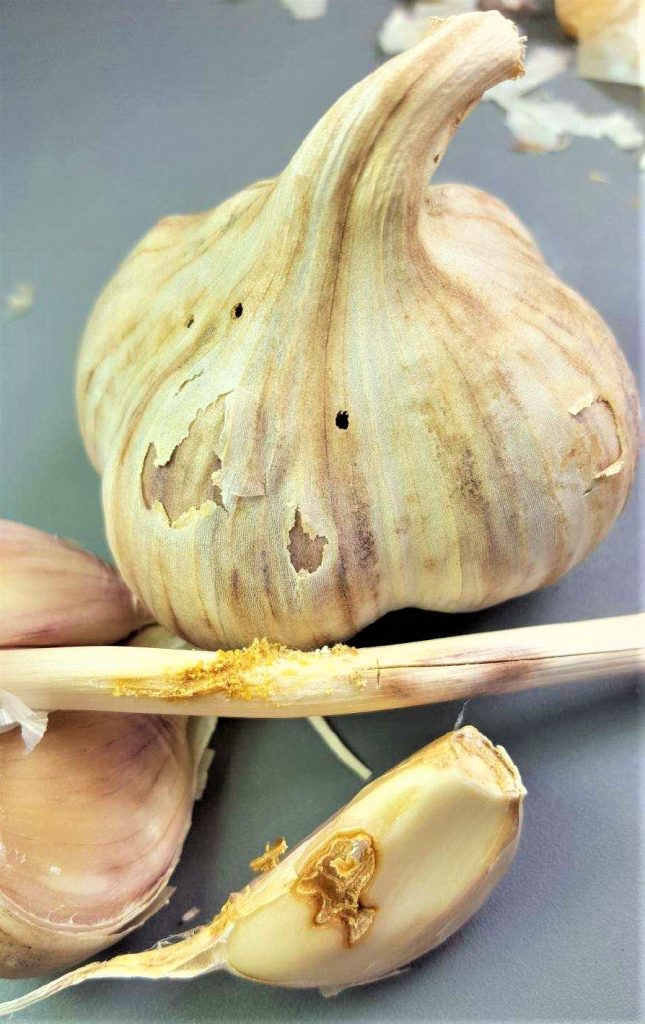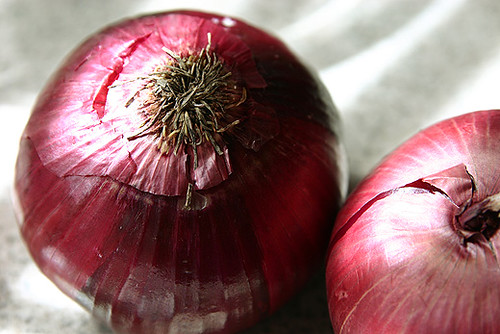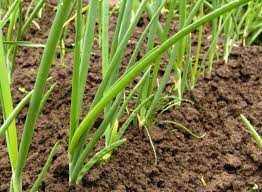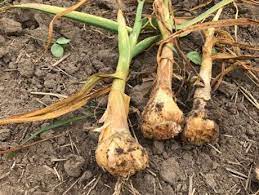Drip Irrigation: Future of sustainable farming.
Are you in need of in-depth knowledge on onion and garlic production? If yes, we are a call away. Contact us for: Onion seedlings, Garlic seedlings, Germinated garlic cloves, Farm planning services, Soil testing, training on onion and garlic growing, Drip irrigation installation and maintenance, Agronomic support, Onion and Garlic value pack and Farm management. For free consultation, placing orders or booking a visit with an agronomist, please contact us via Call or what’s app +254703982228, Email: Info@oniondoctor.co.ke. You can also check out our social media handles for daily updates on TikTok: https://www.tiktok.com/@oniondoctorke?_t=ZM-8wmsTu0qumO&_r=1 Instagram: https://www.instagram.com/oniondoctorke?igsh=MTVoaHF3aWUydTJzaQ==Facebook:https://www.facebook.com/share/16SwgYn2dG/ Youtube:https://youtube.com/@oniondoctorke?si=u5Jnd-r0qU9UDYqL and Twitter: https://x.com/OnionDoctorKe?t=FR3JXlS_oN1vjjUgAtfyzg&s=09 Drip irrigation is a method of irrigating crops that involves delivering water directly to the root zone of plants through a system of pipes, tubing, and emitters. This method is more efficient than traditional irrigation methods because it minimizes water loss due to evaporation and runoff. As a result, drip irrigation has become increasingly popular in recent years and is often referred to as the future of sustainable farming. Here are some of the advantages of Drip irrigation. CropYields Drip irrigation is proven to deliver up to 40% higher yields than furrow irrigation while saving up to 50% in water usage and 30% in nutrients and labor. Additionally drip irrigation helps prevent nutrient leaching and runoff that is common in furrow irrigation. Labor Costs Drip irrigation also has the potential to reduce labor and energy costs for farmers. Once installed, drip irrigation systems can be set to run automatically, reducess the need for manual labor and supervision. This can be beneficial for farmers in developing countries, where labor costs may be high. Drip irrigation is a sustainable farming practice that can help to reduce the environmental impact of agriculture. By reducing water usage and minimizing the use of pesticides and fertilizers, also can help to reduce the pollution of waterways and the degradation of soil quality. Additionally, drip irrigation can be combined with other sustainable agricultural practices, such as crop rotation and soil conservation, to create a more environmentally friendly and sustainable approach to farming. Soil Health In conclusion, drip irrigation is the future of sustainable farming. Its ability to conserve water, increase crop yields, improve plant health, reduce labor and energy costs, and promote environmental sustainability makes it an essential tool for farmers around the world. As the global population continues to grow and the demand for food increases, drip irrigation will play an increasingly important role in ensuring that we can produce food sustainably for generations to come. Onion Doctor supports small holder farmers across Africa with quality and affordable Onion and Garlic seedlings, Onion seedlings, Farm planning services, Soil testing, Drip irrigation installation and maintenance, Agronomic support, Onion and Garlic value pack, Farm management, E-extension and on-farm training for farmers to optimize on yields and get maximum profits.
